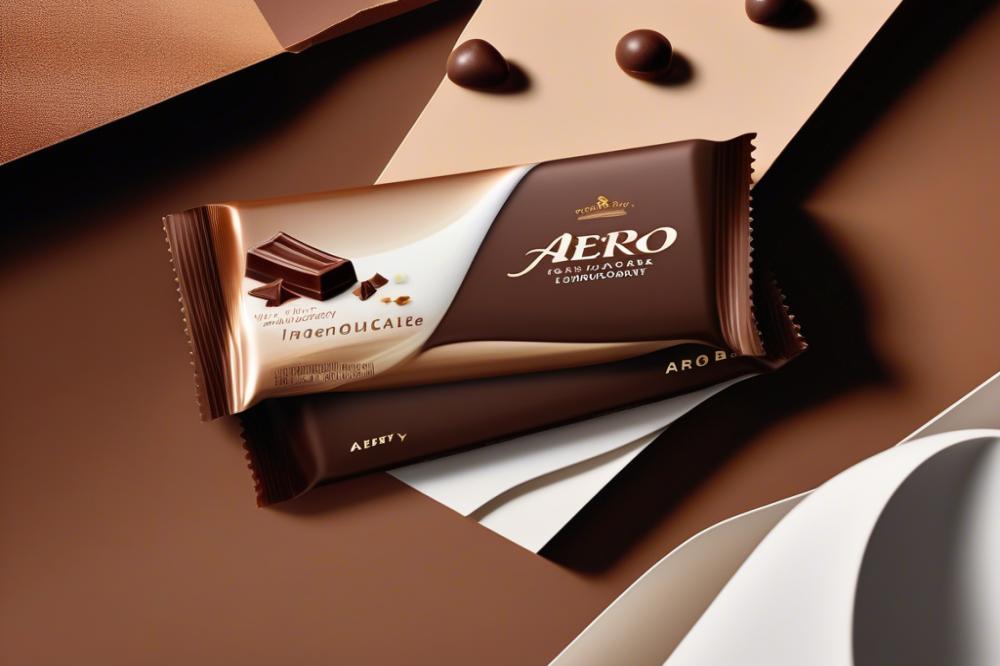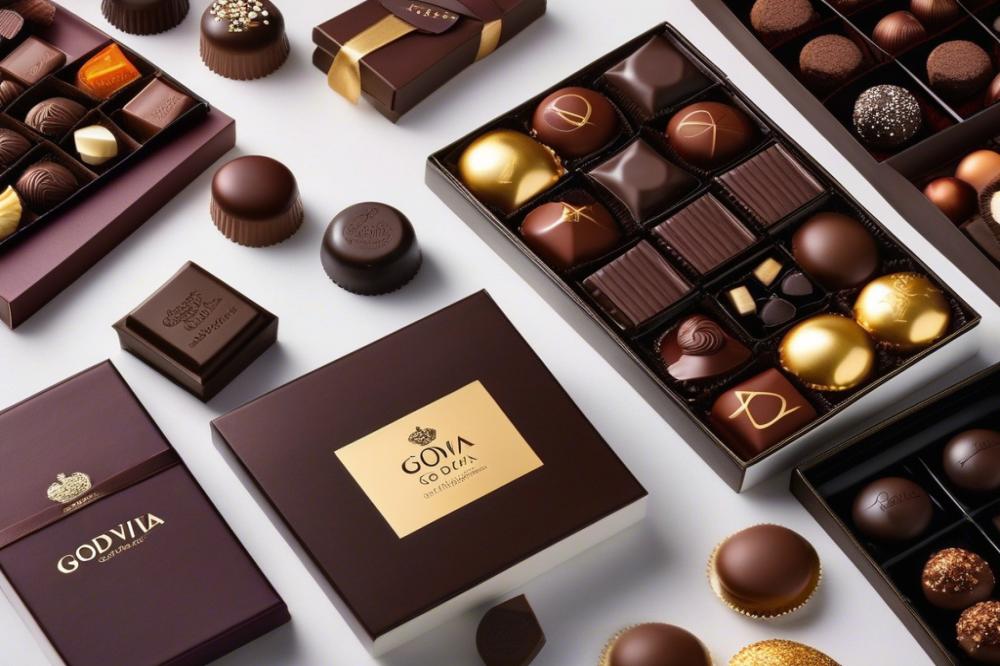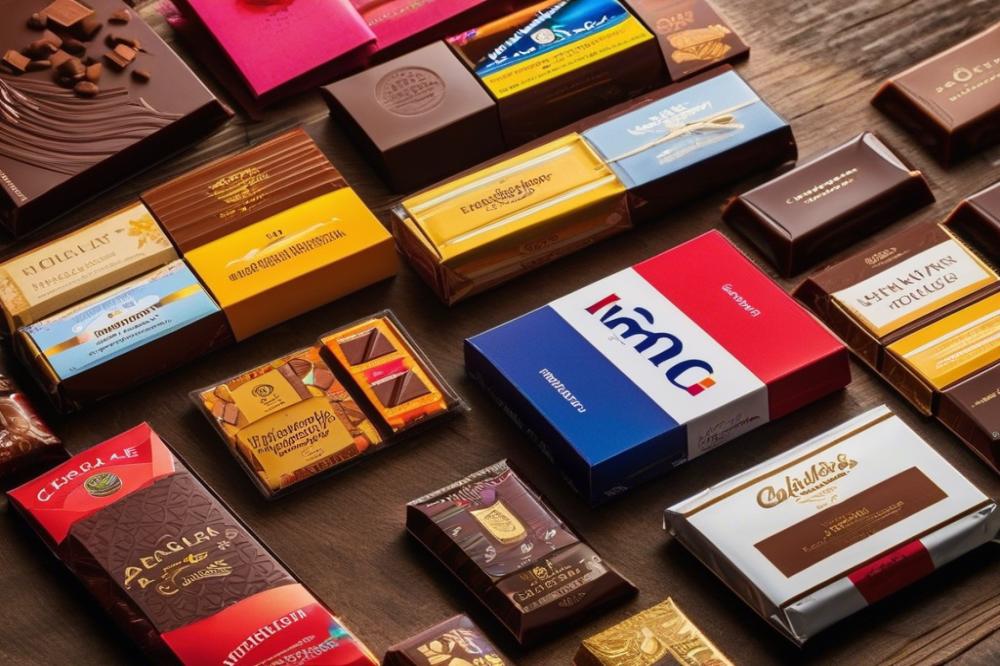Introduction
Aero chocolate is a product that has captured the hearts and taste buds of many around the world. This confectionery treats consumers to a delightful experience through its distinctive texture and airy sensation. The secret behind its charm lies in the incorporation of air during the manufacturing process, creating countless chocolate bubbles that elevate each bite.
Understanding aerated chocolate is essential for grasping its role in food science and candy manufacturing. By introducing air into chocolate, manufacturers can achieve a lighter mouthfeel. This innovation not only enhances the overall sensory experience but also sets a product apart in a crowded market full of sweet options.
Globally, many beloved chocolate bars stir excitement. Examples include Cadbury Dairy Milk, Hershey’s Milk Chocolate, and Lindt Gourmet Chocolate. Each of these treats features its own unique characteristics, yet Aero chocolate stands out due to its innovative approach to texture and structure. The fascinating field of confectionery science continues to grow, making way for exciting developments and new ideas in chocolate production.
The Science Behind Aero Chocolate

Aeration in chocolate is a fascinating process that transforms the final product. It involves incorporating air into the chocolate during production. This technique results in a lighter texture, making it feel different in the mouth. By adding tiny air pockets, the overall density is reduced, which changes how we experience the chocolate.
When you bite into aerated chocolate, it has a distinct sensation. The lightness causes it to melt quickly on the tongue, creating a refreshing mouthfeel. Flavors are often perceived more intensely because the air allows for faster release of taste sensations. This sensory experience changes how we enjoy chocolate, highlighting the innovation involved in candy manufacturing.
Food science plays an important role in this process. Understanding how air incorporation interacts with cocoa and sugar helps confectionery scientists develop new recipes. The balance of ingredients is crucial. Small adjustments can lead to major differences in texture and taste. Chocolate production requires precision, and science helps refine these delicate processes.
Chocolate innovation continues to evolve, with aerated versions leading the way. Consumers appreciate the combination of crunchiness and smoothness that these products bring. Such combinations elevate standard chocolate bars into exciting experiences. The exploration of textures keeps chocolate lovers coming back for more.
In conclusion, the dynamics of aerated chocolate lie deeply rooted in scientific principles. The intersection of food science and sensory experience allows for a remarkable confectionery journey. Understanding these aspects enhances our appreciation of each bite and opens doors for future creations.
Candy Manufacturing Process of Aero

Steps Involved in Producing Aero Chocolate
The production of Aero chocolate starts with selecting high-quality cocoa beans. These beans undergo roasting to extract rich flavors. After roasting, they are ground into cocoa mass. Other ingredients, such as sugar and milk powder, are added at this stage. This mixture forms a chocolate liquor, which is essential for the next steps. Conching is a vital process that smooths the chocolate mixture. Here, the chocolate is heated and continuously stirred to improve its texture.
Once conching is complete, the aeration process begins. This involves introducing air into the chocolate through a carefully controlled method. The result is aerated chocolate, which has a distinct lightness and melt-in-the-mouth sensation. The mixture then moves on to tempering, both stabilizing the chocolate and preparing it for molding. Finally, the chocolate is poured into molds and allowed to cool before packaging.
Role of Chocolate Innovation in Manufacturing
Chocolate innovation plays a significant role in candy manufacturing. Techniques continue to evolve, leading to better flavors and textures. The introduction of new processing methods often enhances the sensory experience of the product. For Aero, aeration is a key innovation. This process improves the texture while maintaining a rich chocolate flavor. Food science, especially related to confectionery, drives these advancements. Manufacturers are always looking for ways to create a better mouthfeel and overall experience for consumers.
Challenges and Techniques in Air Incorporation
Air incorporation presents unique challenges. Achieving the right amount of aeration requires precision. Too much air can create an undesired texture, while too little can lead to a dense product. Manufacturers employ various techniques to balance these factors. One common method involves using specialized equipment to evenly distribute air throughout the chocolate mixture. Additionally, the timing of air incorporation is crucial. If performed at the wrong moment, the chocolate may not aerate correctly.
Monitoring the temperature during this process is essential. Heat affects both the chocolate’s structure and its ability to trap air. Quality control measures are in place to tackle potential issues. Consistency in production is vital, as consumers expect a specific experience each time they purchase Aero. Overall, confectionery science is key to mastering these techniques, leading to the creation of a product that delights chocolate lovers around the world.
Texture and Sensory Experience of Aero
Aero chocolate is especially known for its remarkable mouthfeel. This quality stems from its innovative aerated structure. As consumers bite into a piece, they encounter a light and fluffy texture that melts smoothly on the tongue. The sensation of air bubbles bursting in the mouth creates an immersive sensory experience that sets it apart from traditional chocolate bars. Such a unique texture is a result of various aspects of confectionery science.
When comparing Aero to other chocolate bars, distinct differences emerge. Standard chocolate tends to offer a denser and creamier mouthfeel. This can lead to a contrasting enjoyment level for different individuals. Many prefer the lighter experience that aerated chocolate provides. In contrast, confections that lack air incorporation may come off as too thick or heavy. Those who enjoy texture often find themselves drawn to the innovation Aero presents.
Texture can greatly impact consumer enjoyment and preference. Research in food science suggests that a pleasant mouthfeel enhances overall satisfaction. Various studies show that textures influencing how food is perceived can lead to significant enjoyment differences. Consumers frequently associate fluffiness with indulgence and pleasure. Therefore, candy manufacturing experiences focused on lightness may attract attention in the marketplace.
The incorporation of air in chocolate production is not merely about creating bubbles. It also transforms how flavors are experienced. As air pockets create more surface area, taste buds react differently. More air allows for a greater release of flavor compounds. This reaction contributes significantly to the appealing nature of more aerated chocolates.
The exploration of texture in chocolate is an ongoing journey. As chocolate innovation continues to evolve, companies strive to create exciting new experiences. The realm of sensory experiences in confectionery reflects changing consumer preferences. With every bite, Aero invites chocolate lovers to rethink how they enjoy their favorite treat.
Global Impact and Popularity of Aero
Cultural Reception of Aero Chocolate Around the World
Aero has made its mark globally. In many countries, it is a staple snack. People appreciate the light and airy texture that aerated chocolate offers. In the UK, it is particularly beloved. Consumers enjoy its unique mouthfeel, which sets it apart from traditional bars. Popularity also varies by region. In some countries, it is a top-selling item, while in others, it remains a niche product. Social media has played a significant role in introducing Aero to new audiences. Hashtags and food trends often feature the product, sparking interest among younger consumers.
How Aero Compares to Other Famous Chocolate Bars
When looking at chocolate bars, Aero stands out. Its airy structure is not common in most confections. Competing brands often focus on dense or rich varieties. While brands like Snickers or Mars emphasize texture and chewiness, Aero highlights lightness. This differentiation creates an interesting contrast in the market. Despite this, many people have strong loyalties to various brands. Some enjoy Aero for its novelty, while others prefer the classic richness provided by competitors. In terms of sales, Aero holds its own alongside well-known chocolate names. The innovation in production methods helps maintain its popularity.
Marketing Strategies and Brand Evolution
Marketing plays a crucial role in Aero’s success. Over time, the brand has adapted its strategies to remain relevant. Initially, advertising focused on the novelty of air incorporation. Then it shifted to highlight the sensory experience that eating Aero can provide. Campaigns often showcase the fun and playful nature of the product. Engaging visuals and catchy slogans have helped to reinforce its image. Collaborations with influencers have introduced the product to newer audiences. As consumer preferences evolve, Aero continues to innovate. The brand is now expanding its flavors, catering to a diverse market. This evolution shows how important adaptation is in candy manufacturing.
Final Thoughts on the Science of chocolate bubbles
Recapping the importance of the iconic chocolate treat, Aero has charmed many with its delightful texture and lightness. This product not only offers a sweet indulgence but also showcases innovations in confectionery science. The process of creating aerated chocolate has transformed the way chocolate is experienced. Those bubbles create a melt-in-the-mouth sensation, altering perceptions of what chocolate can be.
Looking toward the future, the outlook for aerated chocolate in the industry appears bright. As consumers seek out new flavors and textures, manufacturers are likely to explore innovative ways to incorporate air into various types of chocolate. This could lead to an exciting array of products that captivate diverse taste preferences. The potential for merging flavors and textures expands the horizons for products beyond traditional chocolates.
People often gravitate towards the unique experience of biting into a chocolate bubble. It does more than just satisfy a sweet craving; it offers a moment of joy and delight. The intrigue of the texture combined with rich chocolate flavor keeps it a favorite among many. Thus, as technology and artistry in chocolate production evolve, so too will our expectations and experiences of this beloved treat. Embracing advancements will likely enhance enjoyment and inspire new culinary creations.



